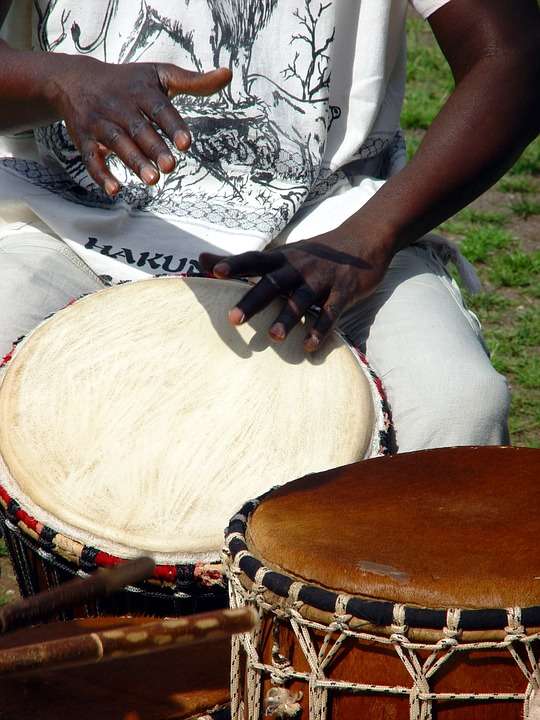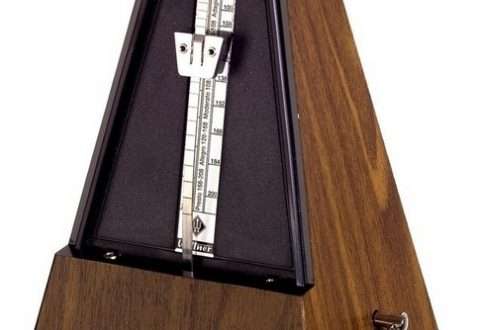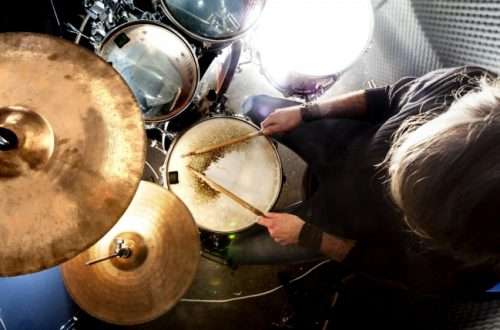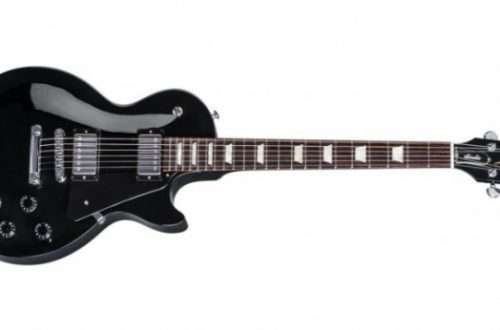
African drums, their development and varieties

History of drums
Certainly, drumming was known to man long before any civilization was formed, and African drums are among the first instruments in the world. Initially, their construction was very simple and they did not resemble those we know today. The ones that started to refer to those known to us now consisted of a wooden block with a hollow center and on which a flap of animal skin was stretched. The oldest drum discovered by archaeologists dates back to the Neolithic Age, which was 6000 BC. In ancient times, drums were known throughout the civilized world. In Mesopotamia, a kind of small, cylindrical drums, estimated to be 3000 BC, have been found. In Africa, the beat on drums was a form of communication that could be used over relatively long distances. Drums found their use during pagan religious ceremonies. They also became a permanent element in the equipment of both ancient and modern armies.
Types of drums
There are many and varied African drums that characterize a particular region or tribe of this continent, but some of them have permanently permeated the culture and civilization of the West. We can distinguish three most popular types of African drums: djembe, conga and bogosa.

Djembe belongs to one of the most popular African drums. It is cup-shaped, on which the diaphragm is stretched over the upper part. The djembe membrane is usually made of goatskin or cowhide leather. The leather is stretched with a specially braided string. In modern versions, hoops and screws are used instead of a rope. The basic beats on this drum are “bass” which is the lowest-sounding hit. In order to reproduce this sound, hit the center of the diaphragm with the entire surface of your open hand. Another popular hit is the “tom”, which is obtained by hitting the straightened hands on the edge of the drum. The highest sounding and loudest is the “Slap”, which is performed by hitting the edge of the drum with the hands with spread fingers.
Conga are a type of Cuban drums originating in Africa. The full conga set includes four drums (Nino, Quinto, Conga and Tumba). Most often they are played solo or included in the set of percussion instruments. Orchestras use one or a maximum of two drums in any configuration. They are mostly played with the hands, although sometimes sticks are also used. Congas are an integral part of traditional Cuban culture and music. Nowadays, congas can be found not only in Latin music, but also in jazz, rock and reggae.
Bongos consist of two drums permanently connected to each other, of the same height with different diaphragm diameters. The bodies have the shape of a cylinder or a truncated cone and in the original version they are made of wooden staves. In folk instruments, the skin of the membrane was nailed with nails. Modern versions are equipped with rims and screws. The sound is produced by hitting different parts of the diaphragm with your fingers.
Summation
What used to be for primitive people a method of communicating and warning against overwhelming dangers, today is an integral part of the world of music. Drumming has always accompanied man and it was from the rhythm that the formation of music began. Even in modern times, when we look analytically at a given piece of music, it is the rhythm that gives it a characteristic thanks to which a given piece can be classified as a given musical genre.





